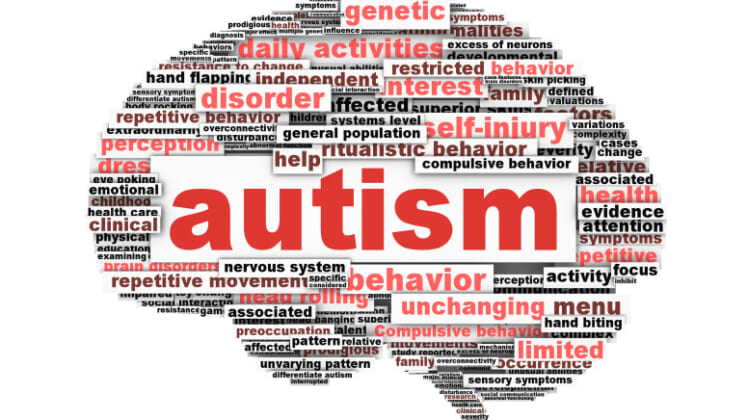
In a new study, researchers have identified a gene that appears to predispose people to both autism and epilepsy.
Dr. Patrick Cossette, a professor with the Faculty of Medicine at the Université de Montréal, and his team at the CHUM Research Centre in Canada have found that a severe mutation of the synapsin gene (SYN1) can increase the likelihood that a person will have both epilepsy and autism.
They observed the mutation in all members of a large French-Canadian family whose members suffered from epilepsy, including a few who were autistic as well.
The SYN1 gene, according to researchers, is responsible for the development of a membrane that facilitates communication between neurons in the brain.
In an additional analysis, the researchers were also able to identify other mutations in the SYN1 gene among 1 percent of people who had autism and 3.5 percent who had epilepsy, while several carriers of the mutations had symptoms of both disorders.
This study also includes an analysis of two cohorts of individuals from Quebec, which made it possible to identify other mutations in the SYN1 gene among 1% and 3.5% of those suffering respectively from autism and epilepsy, while several carriers of the SYN1 mutation displayed symptoms of both disorders.
“The results show for the first time the role of the SYN1 gene in autism, in addition to epilepsy, and strengthen the hypothesis that a deregulation of the function of synapse because of this mutation is the cause of both diseases,” Cossette said.
According to the Centers for Disease Control, autism affects an average of 1 in 110 children in the United States. About 2 million people have been diagnosed with epilepsy.
Autism spectrum disorders are often genetic in origin, and nearly a third of people with autism also suffer from epilepsy. Though it is still unknown why they occur so frequently together, researchers hope that their discovery will provide insight to the mechanisms behind the two disorders.
The study was published in Human Molecular Genetics.
